We lumber guys have our share of lingo and obscure terminology just like any industry. But what I find interesting about the lumber industry is that we expect our customers also understand our lingo just to be able to buy our products. There is nothing that exemplifies this paradigm more than how lumber folk talk about thickness of a board in “quarters.” For example, when referring to a 1″ thick rough sawn board we say 4/4 (4 quarter), a 2″ board is 8/4, etc. Just do the math and reduce the fraction, and you get the actual or “nominal” thickness of the board. Beyond telling you how thick the board is, there is a bit more implied by the use of the “quarter” terminology. I can’t guarantee that I can apply any sense to this convention, but I hope I can clear up what we mean by it and make your next lumber purchase a little friendlier.
The Origin Story
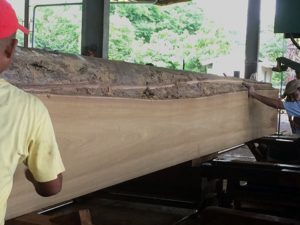
There is a lot of uncertainty when all of this started. I had my own theory which seems to have been confirmed by several others, but I went searching for answers amongst my colleagues and to several sawyers.
The quarter increment became the lowest logical denominator over time and as standardization became more necessary as lumber production moved away from a local industry to regional and national distribution. 1/2 increments meant too much waste, and 1/8 increments is just ludicrous with way too many stock sizes to maintain.
The “quarter” refers to the stops on the log carriage that slide the log over and locks in the thickness of the resulting board. With 1/4″ being as close to the standard, these stops were set up to mirror that, and when the sawyer bumped the log carriage over to the 4th quarter, he ended up with an approximately 1″ thick (or 4/4) board.
Still without fail, everyone I talked to initially scratched their head, and not one person was entirely certain of the origin of the convention. I added it up, and between all the people I asked, there are a collective 480 years of lumber sawing and dealing experience. Gotta love when something that is said every day has an origin shrouded in uncertainty.
Thanks for the History Lesson, Why Should I Care?
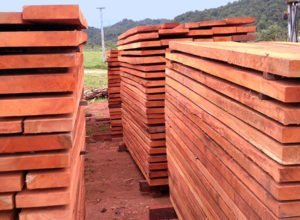
Second, you will know how your lumber will be priced. By the board foot, a volume measure. Rough lumber has to be sold this way, because there are many variables at play starting with the size of boards coming out of the log. While the thickness may be set by the log carriage, the fast cutting blade will produce some variability in thickness over the length of a board. Moreover the width of the boards will change based on the log shape.
Next, the boards will have to be seasoned, and they are either air dried or kiln dried, shrinking them even further. The goal is to have the board shrink to the 4/4 (or whatever thickness is desired) once it is dried. This means the green sawn board might be closer to 1 1/4″ thick. Most sawyers these days have a lot of experience, and they know how thick they need to cut their boards to end up with 1″ thickness after drying, but there will always be a bit of variability due to the organic nature of wood. But if you buy lumber by the volume, you know what quantity you will be getting, even though there may be some inconsistency from one individual board to another. 1000 board feet of Cherry is the same amount, just like a gallon of milk is the same regardless of the store where you buy it.
On the converse is linear foot pricing. When you see wood sold this way. you know that it has been planed on at least 2 faces (S2S) or maybe all 4 faces (S4S). This price starts with the board foot cost, then factors in the labor for milling the boards to a set dimension. Now you know your exact dimensions of each board (thickness and width) and usually an average length is specified as well. The end product is something that has quite a bit of work already done on it, and it is either ready for joinery or ready to be installed.
The origins may be mysterious, but the reasons we sell by volume and use a specific quarter thickness convention are still valid today, just as they were centuries ago. As a consumer of lumber, now you know what all these fractions are about. But more importantly, you know immediately what condition your lumber will be in when you hear 12/4 or 8/4, etc.

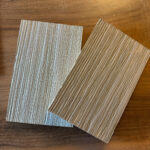
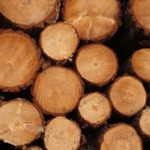
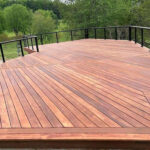
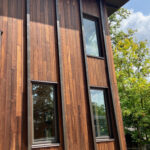
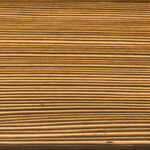
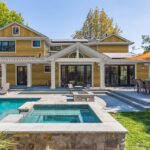


Extremely handy to know, it’s only too bad there aren’t enough lumber yards left around to need to use it. I only know of 2 outside Chicago that still sell rough sawn and even that’s becoming scarce. Everyone around a city wants everything ready to go, no patience.
Hi Darren – I am also in chicago. Where do you buy your lumber? I wouldn’t say Owl is rough sawn – most everything they sell has been skip planed down to near s2s. Curious if there are other sources. I buy from a few specialty mills, but they are dealing more in slabs than boards nowadays.